Deutsche Bank Campus in Frankfurt
Under the motto “Art works”, Deutsche Bank has been providing access to contemporary art for more than 40 years: with its collection, in international exhibitions, at the PalaisPopulaire in Berlin, and through targeted educational programs.
At the center of the bank’s global art activities is the Deutsche Bank Collection. Founded in 1979, today it is one of the world’s most important collections of drawings and photographs after 1945. Art characterizes the bank’s business rooms in financial centers such as Frankfurt, Hong Kong, London, Milan, New York, and Zurich.
In the immediate vicinity of the Deutsche Bank Towers, the Deutsche Bank Campus opened in spring 2017. It provides another innovative platform for the corporate collection. More than 700 works on paper and photographs by around 140 artists document the diversity of the global art landscape.
While in the Towers each floor is devoted to an artist, the Campus concept focuses on current, global discourses. Here the works on each floor are assigned to a certain thematic complex. Artists around the world are engaging in the social debates regarding migration, gender roles, nature protection and the preservation of the Earth, as well as life in mega cities.
Address and contact
Deutsche Bank Campus
Mainzer Landstraße 11 - 17
60329 Frankfurt am Main
The Building – The Themes
Lobby
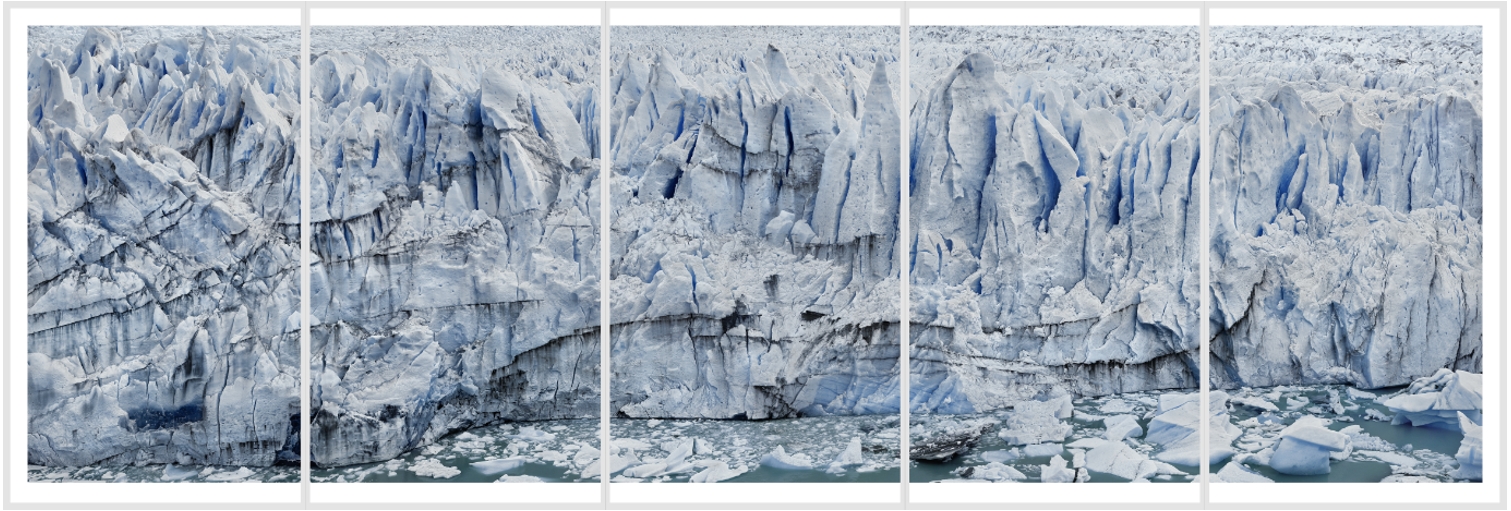
Frank Thiel, Perito Moreno #01, 2012-2013
Shifting Identities – Gender and Diversity
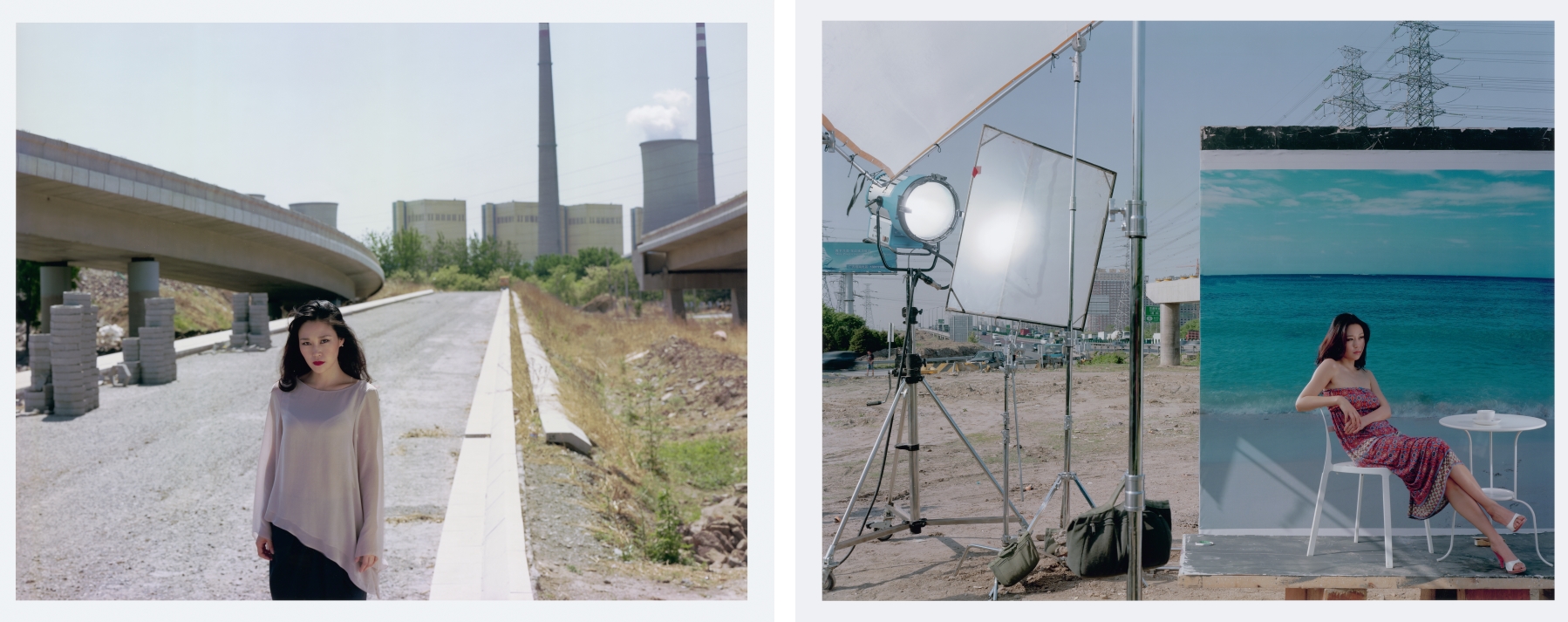
Zhu Jia, Zero, 2012
Cycles of Life – Nature and Sustainability
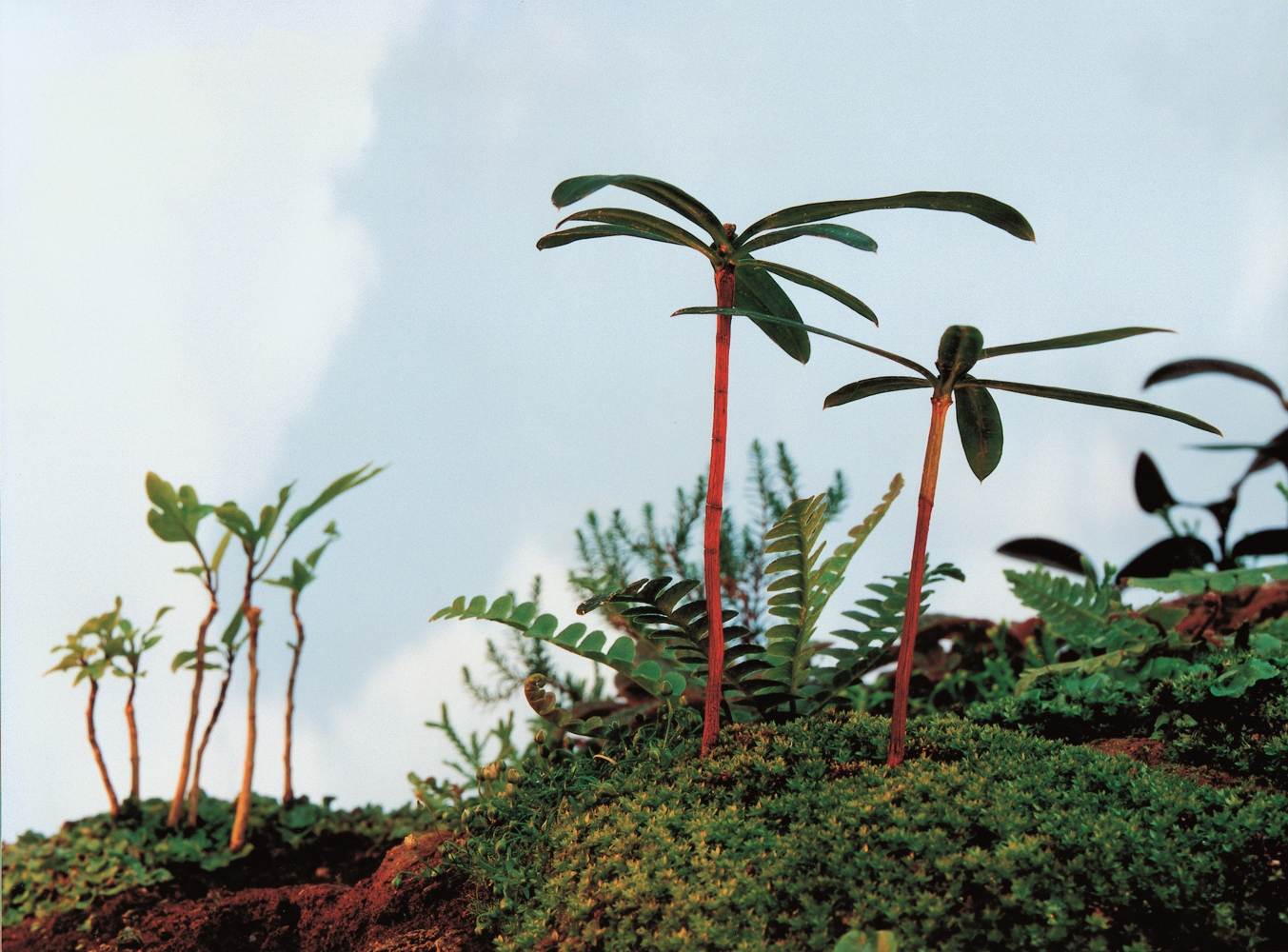
Olaf Nicolai, Nach der Natur I, 1997
Brave New World – Communications and New Technologies
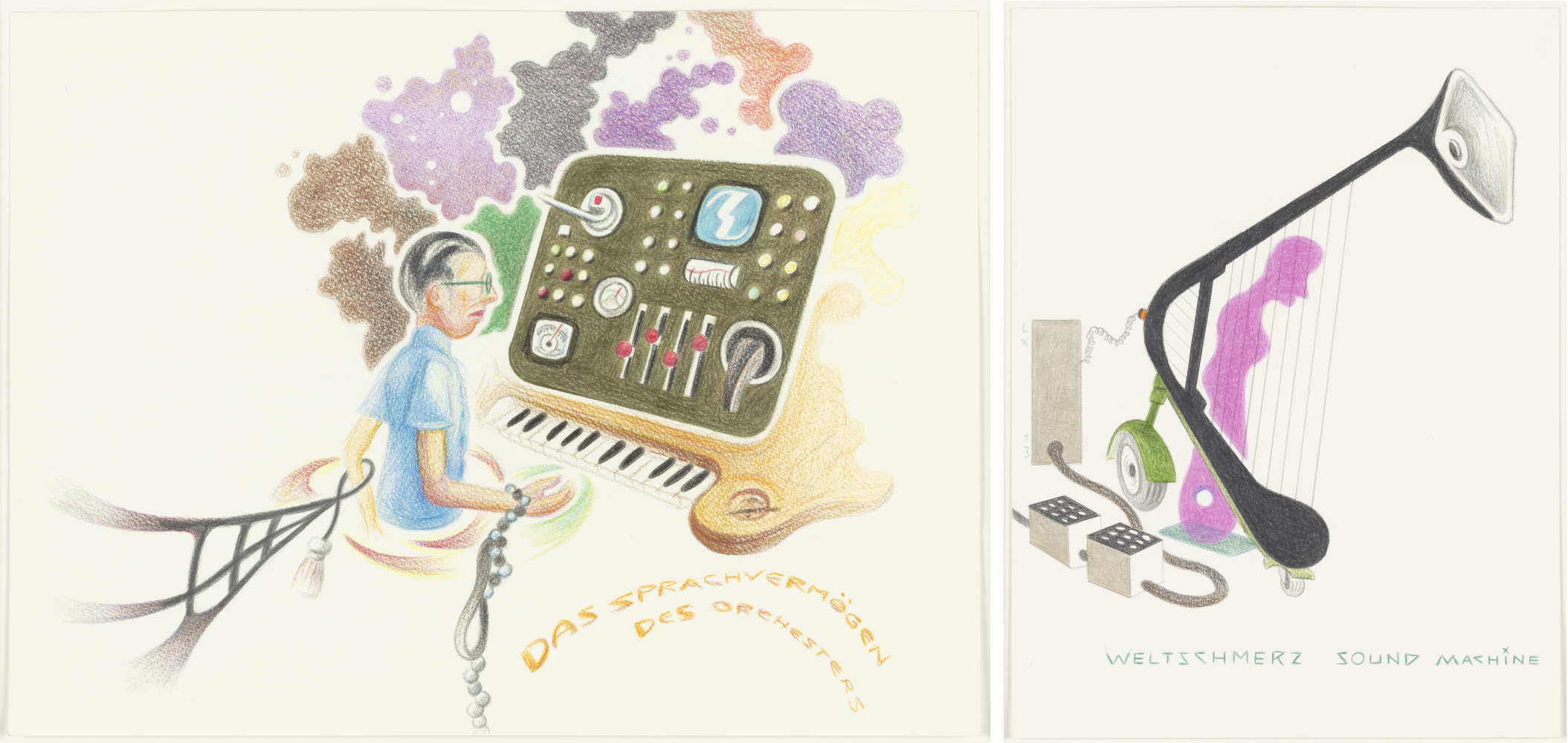
Lux Lindner, Das Sprachvermögen des Orchesters, Weltschmerz Sound Machine, Funky, 2013
Taking a Stand – Politically Engaged Art
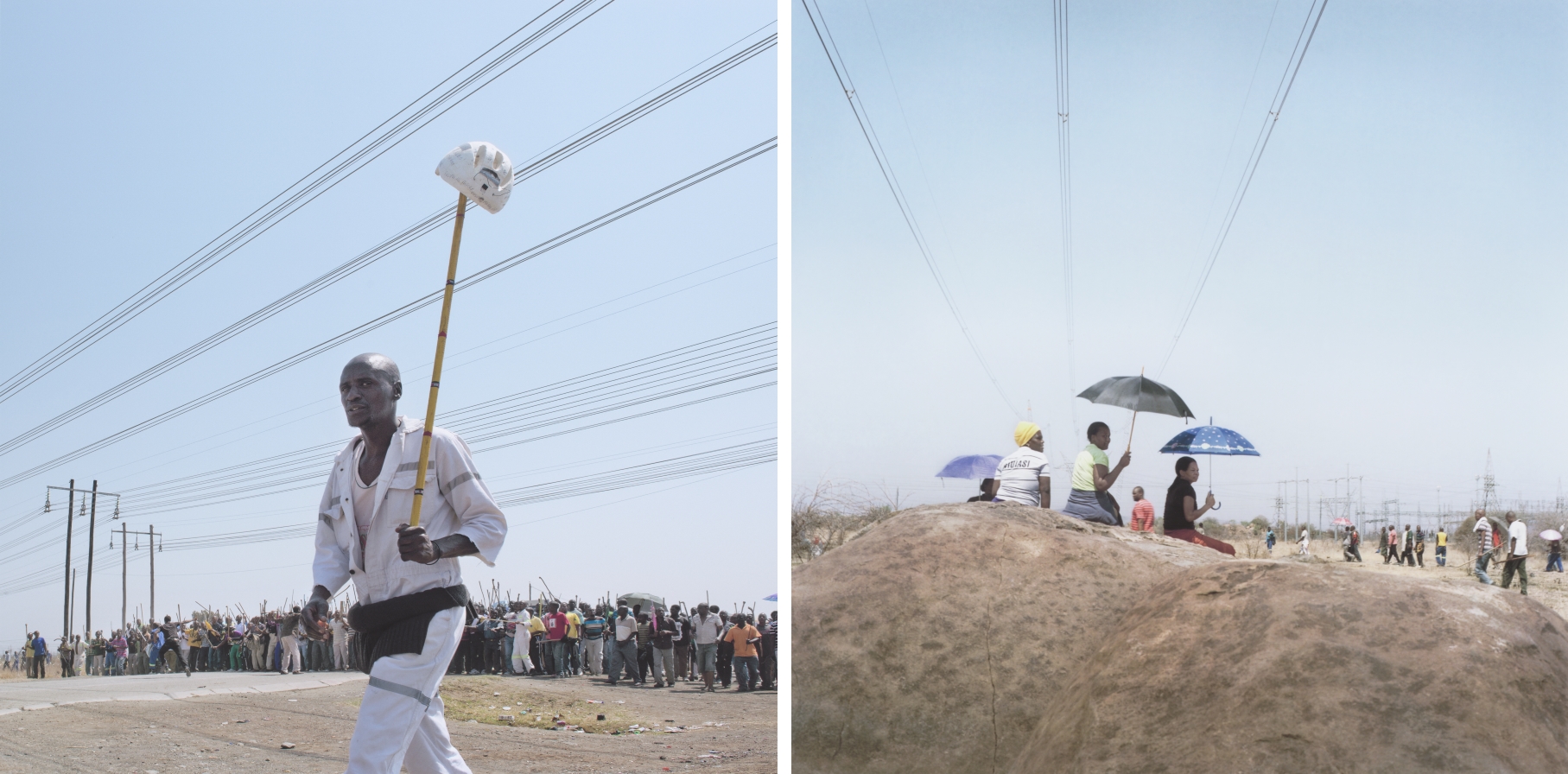
Thabiso Sekgala, Second Transition, 2012
The Future is Now – Art and Utopia

Agathe Snow, Walls, 2010
Crossing Borders – Globalization and Migration
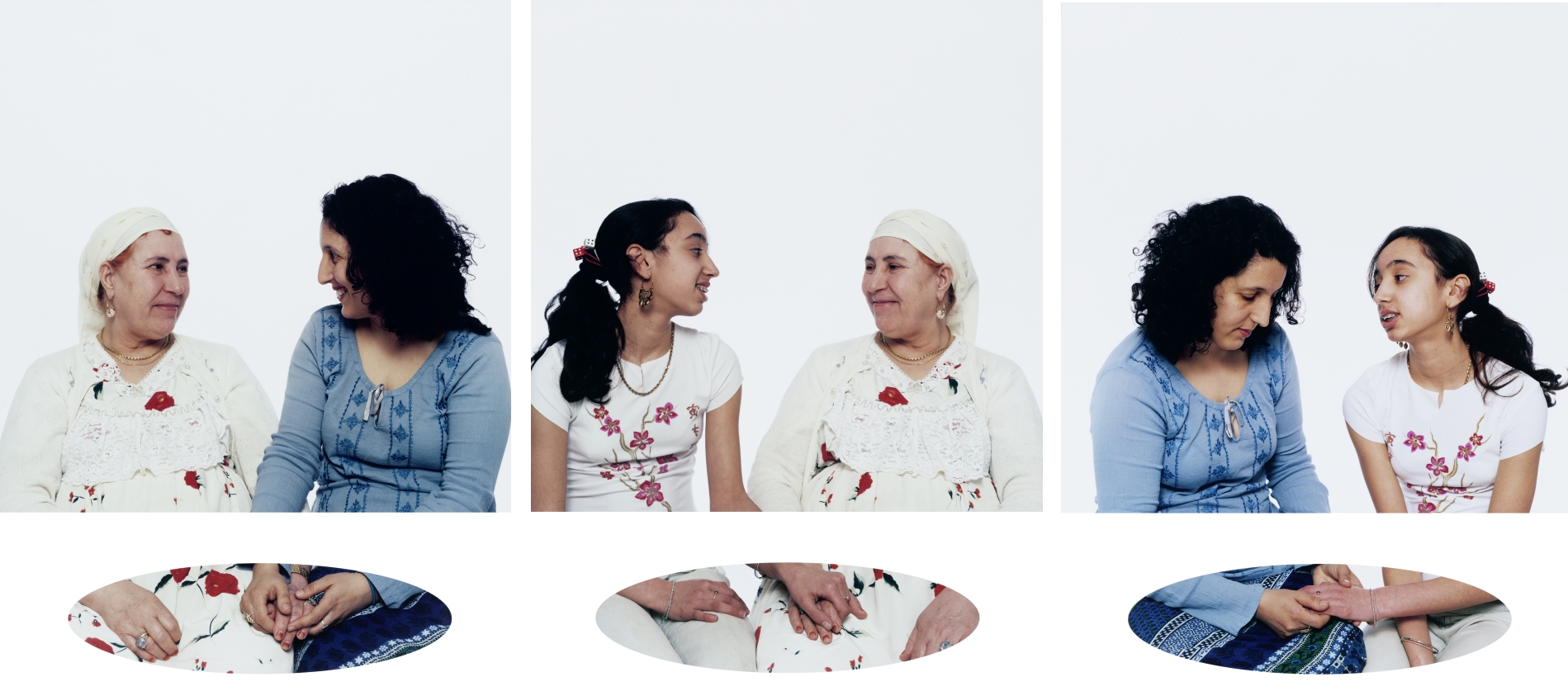
Zineb Sedira, Mother, Daughter and I, 2003
My Metropolis – Art and Urbanism

Martin Liebscher, Frankfurt/Zeil, 1995
Highlights of the Collection
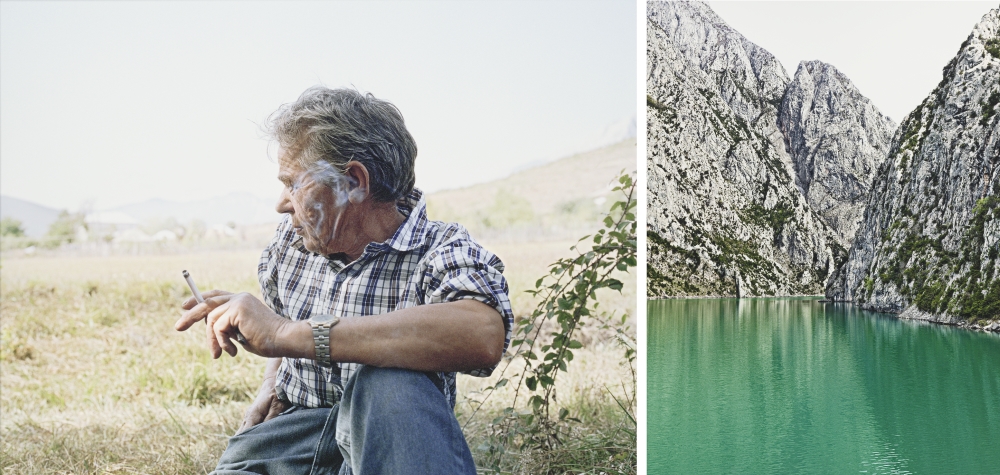
Pepa Hristova, HAKIJE #1, LANDSCAPE #7, from the series Sworn Virgins
